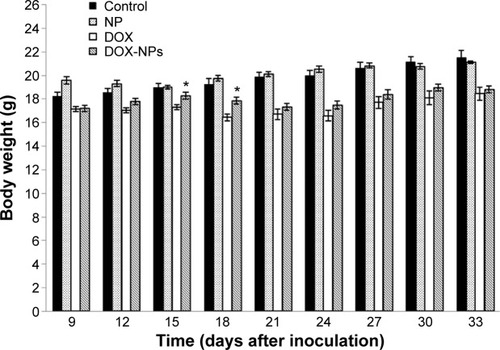Figures & data
Figure 1 Doxorubicin-loaded PBCA NPs.
Notes: Scanning electron microscope picture of PBCA NPs (A). Scale bar: 150 nm. DOX entrapment efficiency (%) (B), and DOX loading (%) (C) values on the surface of (adsorption procedure, open symbols: □), and within (entrapment procedure, full symbols: ■) PBCA NPs, as a function of the initial drug concentration (the lines are guides to the eye). Release of previously entrapped (full symbols: ■) or adsorbed (open symbols: □) doxorubicin from PBCA NPs as a function of the incubation time in PBS, at pH =7.4±0.1 and 37.0°C±0.5°C (D).
Abbreviations: DOX, doxorubicin; PBCA NPs, poly(butylcyanoacrylate) nanoparticles; PBS, phosphate buffered saline.

Figure 2 In vitro cytotoxicity of PBCA NPs in MCF-7 and E0771 cell lines.
Notes: Growth of MCF-7 and E0771 cells was evaluated after 48 h of exposure to a wide range of PBCA NP concentrations (0.1–5.0 μM). Data represented as the mean value ± SD of quadruplicate cultures.
Abbreviations: PBCA NPs, poly(butylcyanoacrylate) nanoparticles; SD, standard deviation; h, hours; NPs, nanoparticles.
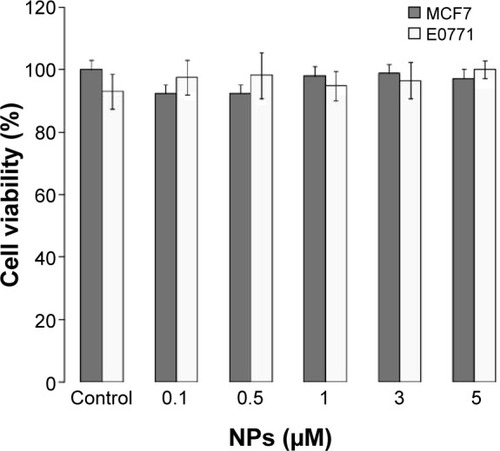
Figure 3 In vitro cytotoxicity of DOX-loaded PBCA NPs in MCF-7 (A) and E0771 (B) cells. Growth inhibition was evaluated after 8, 24, and 48 h exposure to DOX-loaded PBCA NPs in comparison with free DOX. The percentage of survival was determined by normalizing the absorbance of controls to 100%. Data represented as the mean value ± SD of quadruplicate cultures.
Abbreviations: DOX, doxorubicin; PBCA NPs, poly(butylcyanoacrylate) nanoparticles; DOX-NPs, DOX-loaded PBCA NPs; RGR, relative growth rates; SD, standard deviation; h, hours.

Figure 4 Fluorescence microscopy analysis of the intracellular presence of DOX in MCF-7 (A) and E0771 (B) cells.
Notes: Fluorescence studies showed that the accumulation of intracellular DOX in cells treated with DOX-loaded PBCA NPs was always greater than intracellular DOX accumulation in cells treated with free DOX. The images are representative of treatment with the highest and lowest concentrations of free DOX (a, b, c) and DOX-loaded PBCA NPs (a′, b′, c′): a and a′, 43.1 μM for 1 h; b and b′, 10 μM for 1 h; c and c′, 10 μM for 24 h. All images are at a 40× magnification.
Abbreviations: DOX, doxorubicin; PBCA NPs, poly(butylcyanoacrylate) nanoparticles; h, hours; DAPI, 2-(4-Amidinophenyl)-6-indolecarbamidine dihydrochloride.
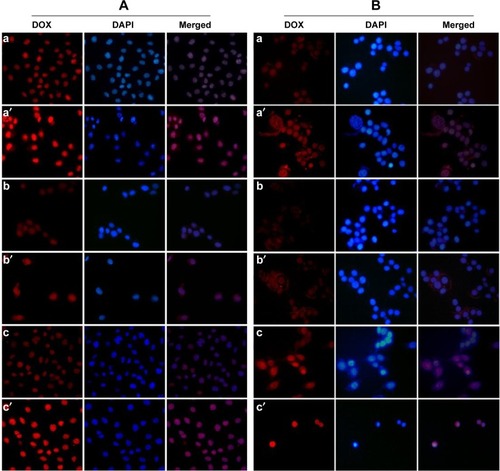
Figure 5 Fluorocytometric analysis of the intracellular presence of DOX in MCF-7 (A) and E0771 (B) cells.
Notes: Representative image of the FACScan analysis and mean values of untreated cells and cells treated with free DOX and DOX-loaded PBCA NPs (DOX-NPs) at the highest concentration (43.1 μM) over a 4 h period.
Abbreviations: DOX, doxorubicin; PBCA NPs, poly(butylcyanoacrylate) nanoparticles; h, hours.

Figure 6 Ultrastructural analysis of MCF-7 cells.
Notes: MCF-7 parental cells showed a large nucleus and a light cytoplasmic complexion containing well-preserved organelles including mitochondria (A). Treatment with free DOX (43.1 μM for 1 hour) induced nuclear alteration (arrows) (B). However, exposure of MCF-7 to DOX-loaded PBCA NPs at the same concentration and for the same time period resulted in major damage to the nuclei and produced a large number of altered mitochondria with disrupted cristae (arrows) (C and D). All images are at a 2,000× magnification.
Abbreviations: DOX, doxorubicin; PBCA NPs, poly(butylcyanoacrylate) nanoparticles.
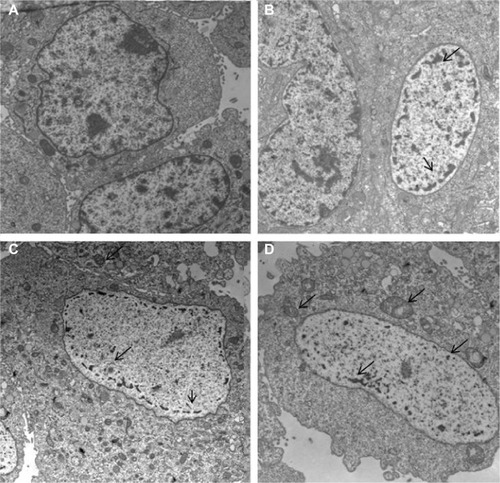
Figure 7 Effect of DOX-loaded PBCA NPs on the growth of subcutaneous tumors induced by E0771 murine breast cancer cells in immunocompetent C57BL/6 mice.
Notes: (A) Tumor volume variation after treatments. The DOX-loaded PBCA NPs demonstrated a significant increase in tumor inhibition (*P<0.01, compared with the control and blank NPs; **P<0.05, compared with free DOX). Data represented as the mean ± SEM (n=10). (B) Representative gross appearance of tumors excised from mice that died during treatment with DOX and with DOX-loaded NPs after 9, 24, and 33 d plus tumors taken from untreated mice after the same time intervals.
Abbreviations: DOX, doxorubicin; PBCA NPs, poly(butylcyanoacrylate) nanoparticles; SEM, standard error of the mean; DOX-NPs, DOX-loaded PBCA NPs; PBCA, poly(butylcyanoacrylate); NPs, nanoparticles.
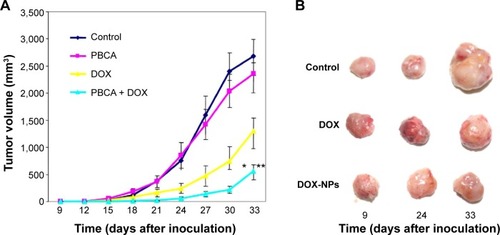
Figure 8 Kaplan–Meier curves of mice bearing subcutaneous breast tumors.
Notes: Data were analyzed according to the mice survival in each group (n=10). Comparison between treatment groups was performed with the use of the log-rank test (P<0.05).
Abbreviations: DOX, doxorubicin; DOX-NPs, DOX-loaded PBCA NPs; NP, nanoparticle.
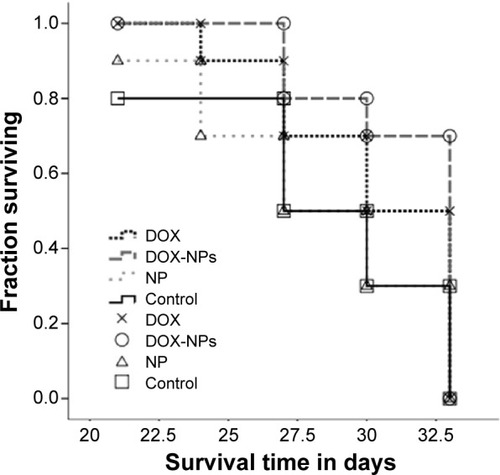
Figure 9 Evolution of body weight of immunocompetent C57BL/6 mice during and after treatment.
Notes: Weight of mice was measured every 3 d. During and after treatment, treatment with blank NPs did not induce significant weight losses compared with the controls. In contrast, treatment with free DOX and DOX-loaded PBCA NPs always induced a significant mouse body weight loss with respect to the controls (P<0.001). However, the loss induced by treatment with DOX-loaded PBCA NPs was significantly lower (*P<0.001) than the loss caused by free DOX. Data represented as the mean value ± SD (n=10).
Abbreviations: DOX, doxorubicin; PBCA NPs, poly(butylcyanoacrylate) nanoparticles; d, days; SD, standard deviation; DOX-NPs, DOX-loaded PBCA NPs.
